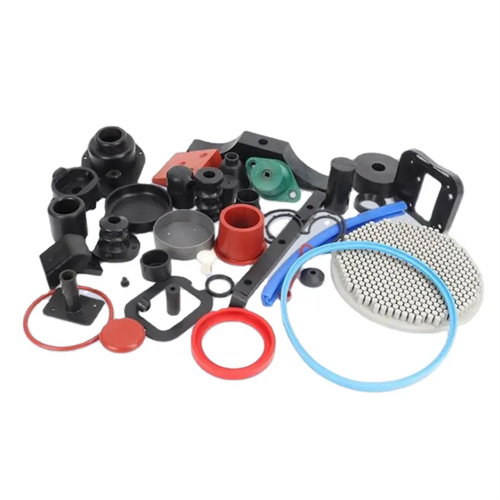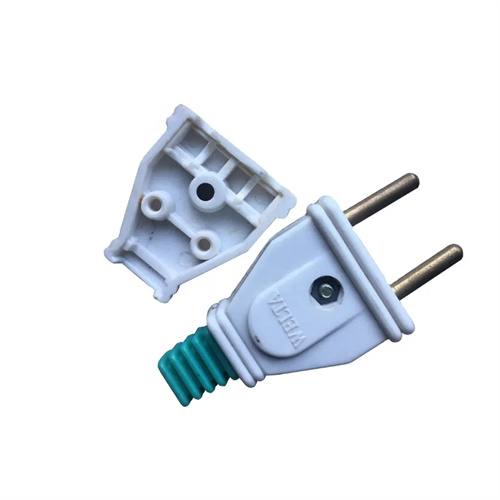Dimensional tolerances of plastic products
The dimensional tolerance of plastic products refers to the maximum allowable deviation between the actual dimensions of a plastic product and its nominal design dimensions. It is a key indicator of the dimensional accuracy of plastic products and directly impacts the product’s assembly performance, usability, and appearance. Properly determining the dimensional tolerance of plastic products is crucial for ensuring product quality, reducing production costs, and improving production efficiency. Strict adherence to dimensional tolerance standards is crucial throughout the design, manufacturing, and inspection processes of plastic products to ensure they meet design requirements.

The determination of dimensional tolerances for plastic products is influenced by a variety of factors, the first of which is the properties of the plastic material. Different plastics have different molding shrinkage rates, and the magnitude and stability of these shrinkage rates directly affect the dimensional accuracy of the plastic product. Plastics with large shrinkage rates and wide fluctuations, such as polyethylene and polypropylene, typically have larger dimensional tolerances for their products; whereas plastics with small and stable shrinkage rates, such as polystyrene and polymethyl methacrylate, can have smaller dimensional tolerances for their products. Furthermore, the fluidity and crystallinity of the plastic can also affect dimensional tolerances. Plastics with poor fluidity have difficulty filling the mold cavity during the molding process, which can easily lead to dimensional deviations. Changes in the crystallinity of crystalline plastics can cause volume changes, thus affecting dimensional accuracy.

The manufacturing accuracy and usage of the mold are also important factors affecting the dimensional tolerance of plastic products. The dimensional accuracy of the mold cavity directly determines the dimensional accuracy of the plastic product. If the mold cavity machining error is large, the dimensional deviation of the plastic product will also increase accordingly. Wear and deformation of the mold can also cause the dimensional tolerance of the plastic product to exceed the tolerance. As the mold is used more frequently, the cavity surface will gradually wear, causing the product size to increase. Molds used under high temperature and high pressure may deform, affecting the dimensional accuracy of the product. Therefore, during the mold design and manufacturing process, it is necessary to ensure sufficient precision and rigidity, strengthen mold maintenance and promptly repair worn and deformed molds to ensure that the dimensional tolerance of the plastic product meets the requirements.

The influence of molding process parameters on the dimensional tolerance of plastic products cannot be ignored. Process parameters such as injection pressure, injection temperature, holding pressure, holding time, and cooling time will affect the molding shrinkage of the plastic, and thus affect the dimensional accuracy of the product. Insufficient injection pressure or insufficient holding pressure will lead to insufficient compaction of the plastic melt in the mold cavity, increased shrinkage, and smaller product size; too high an injection temperature or too short a cooling time will make the crystallinity or orientation of the plastic uneven, resulting in fluctuations in shrinkage and increased dimensional deviation. Therefore, during the injection molding production process, it is necessary to reasonably adjust the molding process parameters to keep the shrinkage of the plastic stable, thereby controlling the dimensional tolerance of the product. For example, for crystalline plastics, the crystallinity can be adjusted by controlling the cooling rate to reduce dimensional deviation; for products with high dimensional accuracy requirements, higher holding pressures and longer holding times can be used to reduce shrinkage.

The structural design of plastic products also has a significant impact on dimensional tolerances. The complexity of the product’s shape, the uniformity of its wall thickness, and the presence of structures such as reinforcing ribs and bosses will all affect the flow and shrinkage of the plastic during the molding process, leading to dimensional deviations. Complex-shaped products are subject to uneven constraints during the cooling process, which can easily generate internal stress and dimensional deformation, making dimensional tolerances difficult to control. Products with uneven wall thicknesses experience different shrinkage rates between thick and thin-walled sections, leading to increased dimensional deviations. Therefore, during the product design phase, the structure should be simplified as much as possible to ensure uniform wall thickness and avoid sharp corners and sudden changes in wall thickness to reduce dimensional deviations. At the same time, the demolding angle should be appropriately set to facilitate smooth demolding of the product and avoid dimensional deformation caused by excessive demolding forces.

Determining the dimensional tolerance of plastic products also requires consideration of the product’s intended use and assembly requirements. Plastic products for different applications have varying dimensional accuracy requirements. For example, plastic products used in precision instruments and electronic components have stringent dimensional tolerances, typically controlled within a narrow range. Plastic products used in general packaging and daily necessities, on the other hand, have relatively loose tolerances. During assembly, mating plastic products require a reasonable clearance or interference fit, which necessitates the coordinated dimensional tolerances of each component. Excessively large dimensional tolerances can lead to assembly difficulties, loose fits, or overtightening, impacting product performance. Excessively small dimensional tolerances can increase production costs and reduce efficiency. Therefore, when determining dimensional tolerances, it’s important to consider the product’s intended use and assembly requirements, referencing relevant national or industry standards, and establish a reasonable tolerance range. my country currently has a series of standards governing dimensional tolerances for plastic products, such as GB/T 14486-2008, “Dimensional Tolerances for Plastic Molded Parts,” which provide important reference for the design and production of plastic products.
